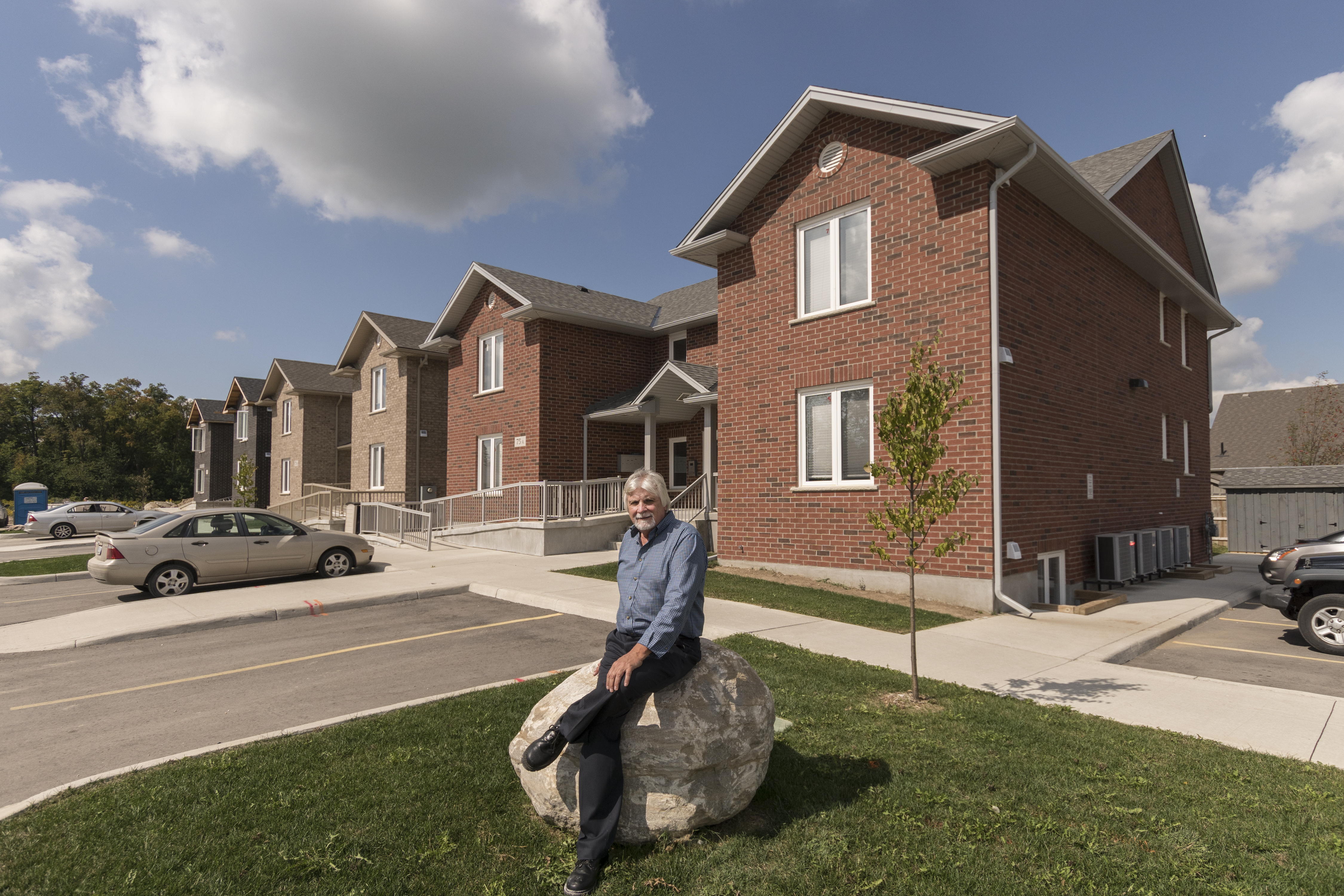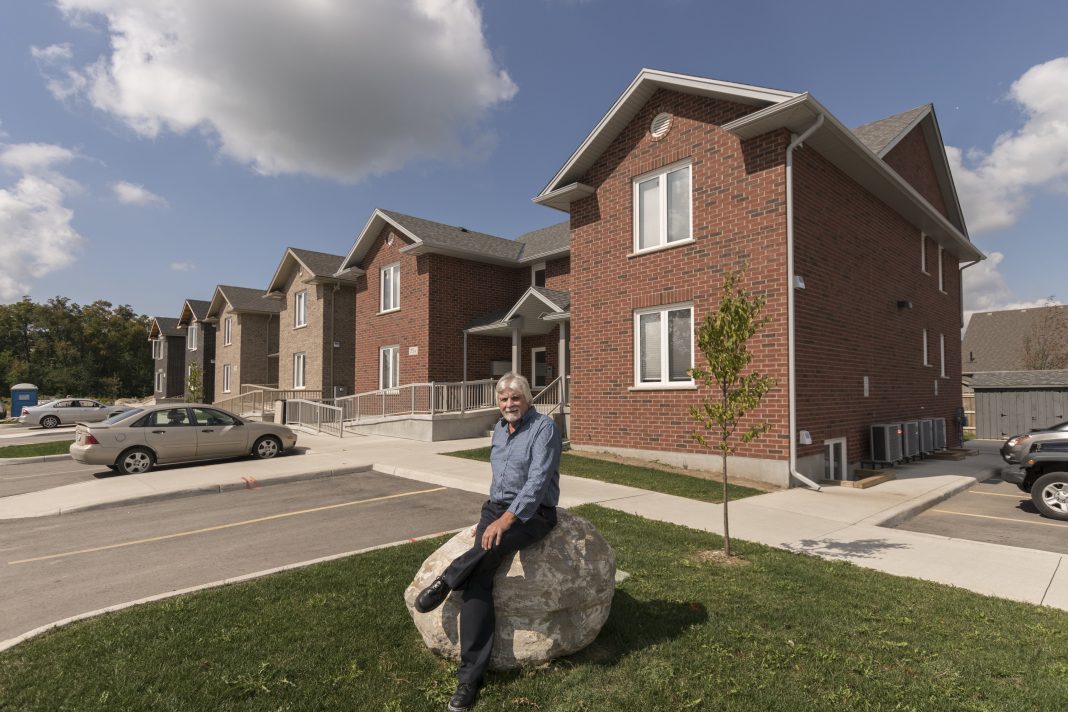 The current real estate market in the United States is characterized by a seller’s market, where prices are continuously rising, making affordable housing increasingly elusive for the average American. In May, the National Association of Realtors (NAR) reported a record-breaking national median sales price of $419,300 for a single-family home. According to Jessica Lautz, NAR’s deputy chief economist and vice president of research, this upward trend in prices is expected to continue due to the lack of inventory and high demand for homeownership.
The current real estate market in the United States is characterized by a seller’s market, where prices are continuously rising, making affordable housing increasingly elusive for the average American. In May, the National Association of Realtors (NAR) reported a record-breaking national median sales price of $419,300 for a single-family home. According to Jessica Lautz, NAR’s deputy chief economist and vice president of research, this upward trend in prices is expected to continue due to the lack of inventory and high demand for homeownership.
With a $400,000 price tag for a home, first-time homebuyers are facing the challenge of coming up with a substantial down payment. This often means borrowing from parents or friends to make homeownership a reality. In May, existing home sales dropped by 2.8 percent compared to the previous year, while the inventory of unsold homes increased by 6.7 percent from the previous month. Bidding wars remain common in the market, with 30 percent of homes being sold above the asking price and typically receiving three offers.
The Midwest region saw a slight increase of 1 percent in home sales in May compared to the previous year. This region also had the lowest median sales price at $317,100, representing a 6 percent increase from last year. On the other hand, the Northeast experienced the biggest decline in existing home sales at 4 percent from May 2023. The median sales price in the Northeast rose to $479,200, a 9.2 percent increase from last year. Both the South and West regions saw declines in home sales, with decreases of 1.6 percent and 1.3 percent, respectively. Median sales prices in the South rose by 3.6 percent compared to last year, reaching $375,300. In the West, median sales prices increased by 5.5 percent from 2023 to $632,900.
One notable trend is that first-time homebuyers are waiting longer to purchase homes. The median age for these buyers was 35 last year, and some are still waiting for either prices or mortgage rates to fall. However, according to Lautz, mortgage rates are expected to remain between 6-7 percent until the end of the year. While historically low rates of 2-3 percent may not reoccur anytime soon, the current rates are still relatively low.
Another interesting observation is that many home sellers are using all-cash transactions to make their next purchase. In May, 28 percent of all homebuyers did not take out a mortgage. Dutch Mendenhall, founder of RAD Diversified, a real estate investment trust, believes that home prices will remain stable in the current market. He attributes this stability to increased regulations and tighter lending standards compared to the 2008 housing market crash. Mendenhall also highlights the shortfall in new construction as a contributing factor to the lack of inventory and rising prices.
Despite escalating home costs and interest rates, people are still purchasing homes. According to Mendenhall, the most common homebuyers are couples starting families or retirees looking to downsize or relocate. While sales have been slower in the first half of the year, Mendenhall is optimistic that the real estate market will pick up as we approach 2025.
Matt Willer, managing director and partner at Phoenix Capital Group Holdings, LLC, agrees that a significant market crash is unlikely in the current tight real estate market. Willer emphasizes that affordability is the key factor driving the market. With interest rates between 6-7 percent, homeowners who do not wish to sell and repurchase with higher rates are choosing to stay put and upgrade their current homes. Willer predicts that interest rates will likely remain in this range for the rest of 2024 and possibly into early 2025. He also suggests that there may be a negligible drop in prices towards the end of the year.
The shortage of homes is further pushing potential buyers towards the rental market. Many individuals are opting to rent, considering it less stressful, with fewer financial obligations and the freedom to move without being tied down to a specific location. The NAR predicts that the sellers’ market will continue into 2025 due to the number of homeowners with low mortgage rates who cannot or do not want to finance at higher rates. The lack of new housing construction exacerbates the issue, and it would take several years of increased building to balance the market.
Mendenhall advises potential homebuyers to conduct thorough research to find affordable options. He suggests considering factors such as crime rates and the need for a top school district, as well as looking for smaller homes or condos. Additionally, he recommends being open to commuting from metropolitan areas to find more choices.
In conclusion, while the current real estate market in the United States favors sellers and presents challenges for first-time homebuyers, experts do not foresee a significant market crash. Affordability remains a significant consideration for buyers, and interest rates are expected to remain relatively stable for the foreseeable future. The shortage of homes and new construction further contributes to rising prices. However, individuals are still purchasing homes, and the rental market is flourishing in many cities. Potential buyers are advised to conduct thorough research and consider various factors to find affordable options.


